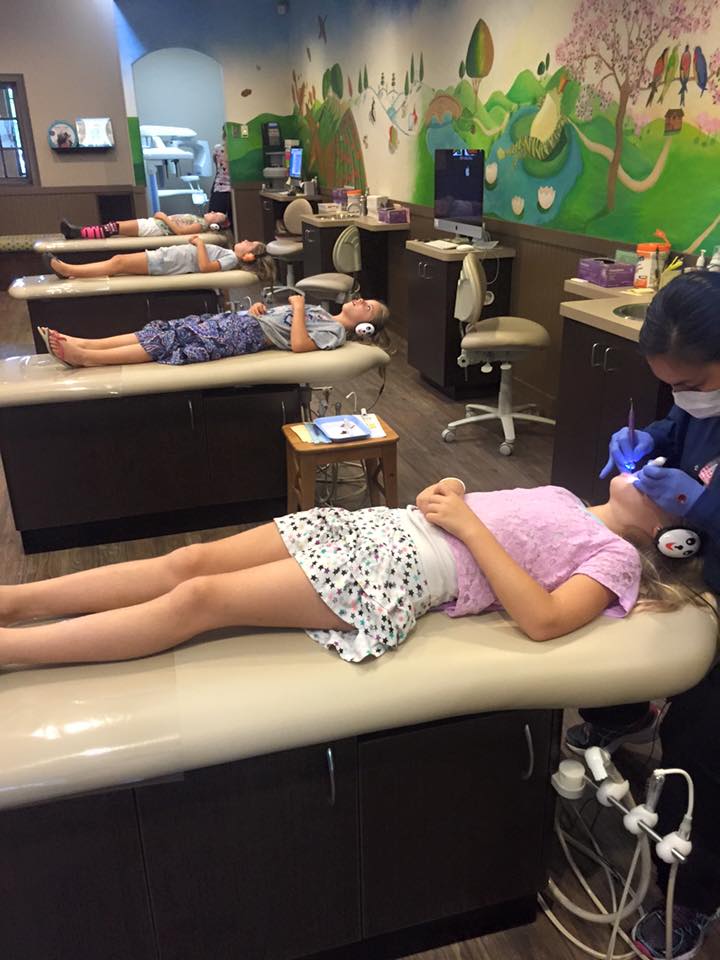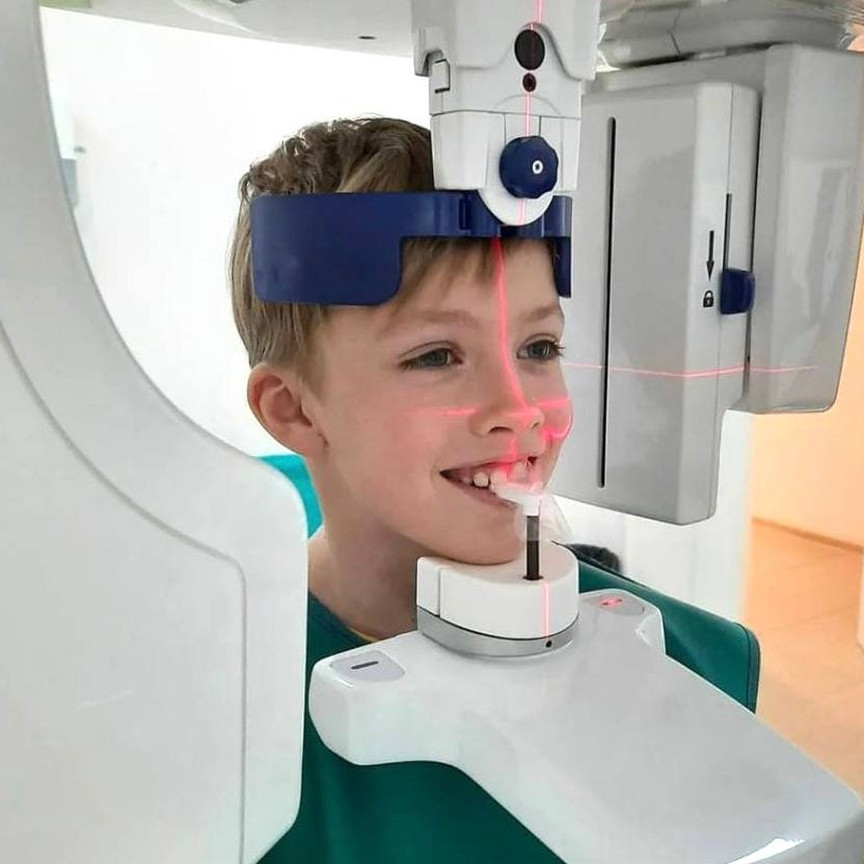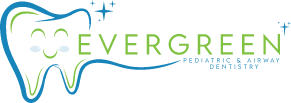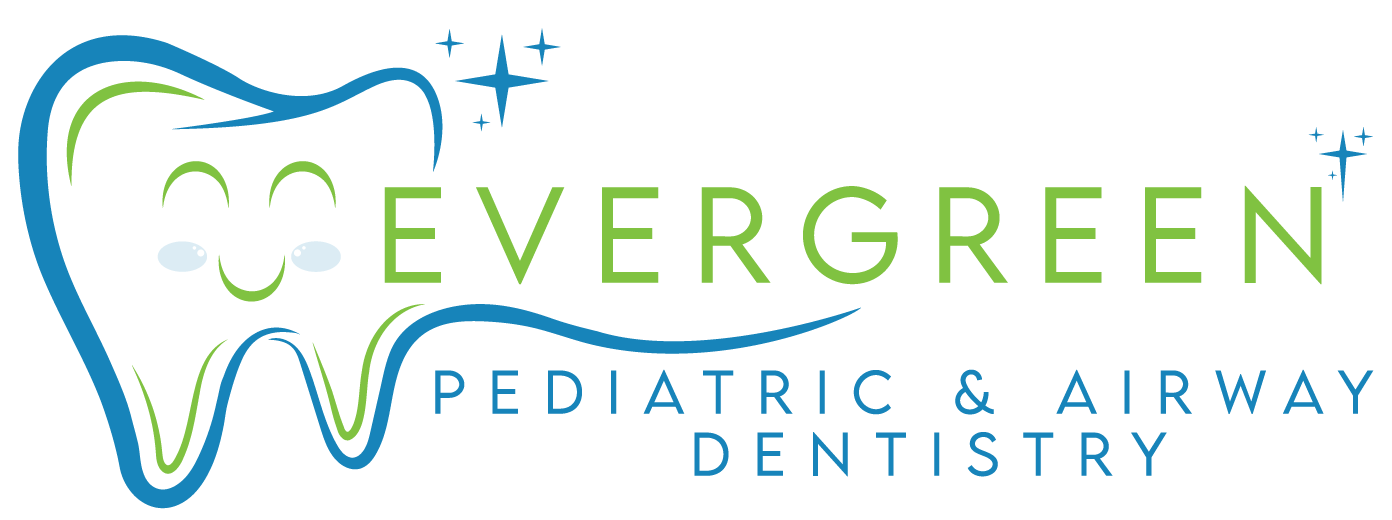Understanding Child Sleep Apnea: Causes, Symptoms, and Solutions
Sleep apnea is a common sleep disorder that affects millions of adults worldwide. However, what many people do not realize is that it can also affect children. As a parent or caregiver, it’s natural to worry about your child’s well-being and health. If you suspect that your child may be suffering from sleep apnea, understanding the causes, symptoms, and solutions is crucial in providing them with the best care possible. In this blog post titled “Understanding Child Sleep Apnea: Causes, Symptoms, and Solutions,” we will dive into everything you need to know about this often overlooked condition and provide valuable insights for those in the market for child sleep apnea treatment options. This informative piece aims to educate parents on how they can help their children get quality sleep and improve their overall health. So if you have concerns about your child’s sleeping patterns or simply want to learn more about sleep apnea in children, keep reading!

Child Sleep Apnea
What is Child Sleep Apnea and Why is it Important to Know?
Child Sleep Apnea is a serious condition that affects a large number of children. Simply put, sleep apnea is a disorder in which a person’s breathing is repeatedly interrupted during sleep. In children, this can lead to excessive daytime sleepiness, behavioral problems, poor academic performance, and other medical complications. Sleep apnea is more common in boys than girls and may be caused by enlarged tonsils or adenoids, obesity, or genetic factors.
According to recent studies, approximately 2-3% of children suffer from sleep apnea. However, this number may be underestimated due to lack of awareness or misdiagnosis. It is important to note that sleep apnea is not just a discomfort or inconvenience for the child. If left untreated, it can lead to long-term health consequences such as high blood pressure, heart disease, and stroke. Furthermore, sleep apnea has been linked to the development of Attention Deficit Hyperactivity Disorder (ADHD), depression, and anxiety in children. Therefore, recognizing and treating sleep apnea in children is crucial for their overall health and well-being.
In conclusion, Child Sleep Apnea is a condition that deserves attention and adequate care. Identifying the symptoms and seeking proper medical treatment is essential for improving the quality of life for children and reducing the risk of long-term health complications. As parents and caregivers, it is our responsibility to be informed and proactive in caring for the health of our children, and recognizing the signs of sleep apnea is an important step in achieving this goal.
Causes of Child Sleep Apnea
Childhood sleep apnea is a serious medical condition that affects many children across the globe. This disorder causes a child to temporarily stop breathing while sleeping, leading to a multitude of health issues, including daytime fatigue, irritability, and even decreased cognitive function. There are many causes of child sleep apnea, with physical factors being one of the most prominent. Such physical factors could include an enlarged tonsil, deviated septum, or any other anatomical issues that obstruct the airways. This obstruction during sleep can limit the flow of oxygen to the child’s lungs, resulting in snoring, sleep disturbances, and other related consequences.
Another significant cause of child sleep apnea is genetic predisposition. This condition is often inherited from parents, grandparents, or other family members who have undergone or are experiencing similar sleep disorders. Children who have a family history of sleep apnea may be at increased risk of developing sleep apnea themselves. Thus, it is essential to research and identify family sleep apnea history to evaluate a child’s risk and actively work towards the prevention and treatment of sleep apnea.
Lastly, environmental factors such as exposure to secondhand smoke or allergies can also lead to child sleep apnea. Secondhand smoke significantly impacts the air quality in the child’s sleeping environment, causing irritation and inflammation of the nasal passages and respiratory system. Moreover, children with allergies may experience inflammation, swollen nasal passages, and increased mucus production, leading to sleep apnea due to a blocked airway. Therefore, parents should maintain a healthy lifestyle by avoiding smoking and reducing indoor allergens to create a conducive sleeping environment for their children.

Sleep Apnea Treatment
Identifying Symptoms of Child Sleep Apnea
Identifying Symptoms of Child Sleep Apnea is of great importance in ensuring that the condition is diagnosed early and treated effectively. One common sign of sleep apnea in children is snoring, which may be accompanied by gasping or choking sounds during sleep. Parents and caregivers should be vigilant about these sounds and seek medical attention if they persist. The severity of the snoring may also be an indication of the level of sleep apnea, with louder and more frequent snoring suggesting a higher risk.
Other symptoms to watch out for include restless sleep or difficulty falling or staying asleep. Children with sleep apnea may experience frequent awakenings during the night due to breathing difficulties, which can lead to poor-quality sleep and daytime symptoms such as fatigue, irritability, and hyperactivity. It is important to note that some children may show little or no signs, which can make it difficult for parents to identify the problem. As such, seeking medical advice if there are any concerns is crucial to prevent the condition from becoming more severe and affecting the child’s overall oral health.
If left untreated, Childhood Sleep Apnea may cause long-term negative effects on the growth and development of the child. Studies have shown that sleep apnea in children can lead to cognitive and behavioral problems, including ADHD and learning difficulties. This is because the brain is deprived of oxygen during sleep, affecting its functions and leading to memory, attention, and learning deficits. The lack of restorative sleep can also affect the child’s mood and emotional regulation, leading to irritability and hyperactivity during the day. Early diagnosis and prompt treatment can help prevent these negative effects, improving the child’s quality of life and ensuring healthy growth and development. Overall, parents and caregivers need to remain vigilant about potential symptoms of child sleep apnea and seek medical attention as soon as possible to ensure proper diagnosis and treatment.
Diagnosis and Treatment Options
Child sleep apnea is a sleep disorder that is characterized by pauses in breathing while the child is asleep. These pauses can last anywhere from a few seconds to minutes and can occur multiple times throughout the night. The diagnosis of child sleep apnea typically involves a thorough examination of the child’s medical history, a physical examination, and possibly a sleep study. A medical history will include a review of the child’s symptoms and any other medical conditions. Physical examination may involve measuring the child’s neck size and looking for signs of enlarged tonsils or adenoids. The sleep study, also known as a polysomnogram, is the most definitive way to diagnose sleep apnea. During the sleep study, the child’s breathing, heart rate, and brain activity will be monitored to determine if there are any abnormalities.
Non-invasive treatment options for child sleep apnea may include the use of a continuous positive airway pressure (CPAP) machine or an oral appliance. A CPAP machine involves the use of a mask, which is attached to a machine that delivers a continuous flow of air to keep the child’s airway open while they sleep. Oral appliances are custom-made by a dentist or orthodontist and are designed to reposition the child’s jaw to keep the airway open. These devices are typically used in milder cases of sleep apnea, and compliance with using them can be challenging.
In severe cases of child sleep apnea, surgical options may be necessary. Surgical options may involve the removal of the tonsils and adenoids or the placement of a temporary tracheostomy. Tonsil and adenoid removal (adenotonsillectomy) is the most common surgical procedure for the treatment of sleep apnea in children. However, this surgery may not always completely cure sleep apnea and may require additional treatments. A tracheostomy involves the placement of a tube in the child’s neck to bypass the obstruction in the airway. Tracheostomies are typically reserved for life-threatening cases of sleep apnea.

Sleep Apnea Diagnosing
The Importance of Early Intervention
Child sleep apnea is a serious condition that affects a child’s breathing during sleep and can have long-term impacts on their cognitive and behavioral development. Early intervention is critical to minimize these effects and ensure the child’s overall health and well-being. Studies have shown that children with sleep apnea have poorer test scores, lower grades, and increased risk of behavior problems such as hyperactivity, impulsivity, and aggression. This is because sleep apnea causes disruptions in the child’s sleep, leading to daytime sleepiness, lack of attention, and poor memory.
Moreover, sleep apnea can also affect a child’s physical health. It can lead to an increased risk of high blood pressure, heart disease, and type 2 diabetes. Sleep apnea can also affect a child’s growth and development, as inadequate sleep can negatively impact the production of growth hormones. In severe cases, untreated sleep apnea can even pose a risk of death due to complications such as heart failure. Therefore, it is crucial to identify and address the issue of sleep apnea in children as early as possible to minimize the long-term negative impacts on their physical and mental health. Early intervention of child sleep apnea can provide a better quality of life by ensuring good sleep hygiene and overall health.
In conclusion, early intervention of child sleep apnea is paramount to identifying and addressing the long-term negative impacts on cognitive and behavioral development as well as overall physical health. It is essential to work closely with healthcare providers to identify the signs of sleep apnea as early as possible and take corrective measures. Parents also play an important role in the early intervention process by ensuring appropriate sleep practices and seeking medical attention if symptoms persist. By prioritizing early intervention, the quality of life of the child can be significantly improved, and long-term negative impacts mitigated.
Maintaining Healthy Sleep Habits for Children
Obstructive sleep apnea (OSA) is a sleep disorder characterized by breathing pauses or shallow breathing during sleep. It is common among children, and if left untreated, it can result in developmental delays, poor academic performance, and behavioral and emotional disturbances. Maintaining healthy sleep habits is one of the best ways to prevent child sleep apnea. One vital step in this process is implementing a consistent bedtime routine. Routine oral health treatments help the child’s body regulate its internal clock and prepare them for sleep, making it easier to fall asleep and stay asleep. Parents should ensure that the bedtime routine is consistent, starting at the same time every night, and engaging in the same activities in the same order every night, such as brushing the teeth, reading a book, and saying goodnight.
Another critical factor is creating a peaceful sleep environment. An environment that is conducive to sleep enhances the quality of sleep by reducing external stimuli such as noise or light. Parents can achieve this by creating a comfortable and dark sleeping area, free of noise and other distractions such as television or video games. Additionally, parents can use a white noise machine to create a soothing sleep environment that promotes deep sleep. Good sleep hygiene includes creating an environment that tells the body it’s time to sleep, and a peaceful environment will go a long way in promoting that.
Finally, parents can encourage healthy sleep habits in children by setting good examples themselves. Primary caregivers’ sleep habits often influence children’s sleep quality; therefore, parents must prioritize their sleep health. Additionally, establishing a healthy lifestyle that includes good nutrition, physical exercise, and limited screen time helps enhance sleep quality and duration. Lastly, parents should educate themselves about childhood sleep patterns so they can recognize and respond appropriately to sleep apnea symptoms. With a little effort and attention, parents can maintain healthy sleep habits for their children, significantly reducing their risk of developing sleep apnea.
In conclusion, child sleep apnea is a serious and often overlooked condition that can have significant impacts on a child’s overall health and well-being. From understanding its causes and identifying symptoms to receiving proper diagnosis and treatment, parents and caregivers must be aware of this condition to provide early intervention. By maintaining healthy sleep habits, we can also prevent the development of sleep apnea in children. It may seem daunting to navigate the world of pediatric sleep disorders, but with proper knowledge and attention, we can ensure our children receive the best care possible. Early detection and treatment not only improve their quality of life but also set them up for a healthier future. We must continue to educate ourselves and others about the importance of recognizing child sleep apnea and taking action to address it. Let us work together to prioritize the health and well-being of our little ones by being vigilant in identifying potential signs of sleep disorders and advocating for their well-being. Remember, every child deserves a good night’s rest for a bright tomorrow.
Evergreen Pediatric Dentistry
https://www.google.com/maps?cid=14720788683151219551
12910 Totem Lake Blvd NE #103, Kirkland, WA 98034, United States
(425) 814-3196
https://evergreenkidsdentist.com/


